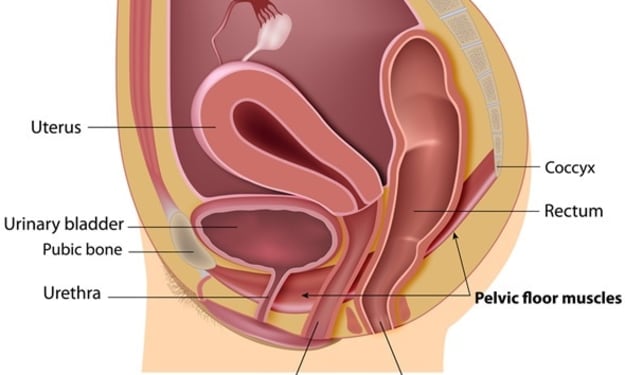Prostate Prehab
5 Reasons Every Man Should Get Prehab Prior to Prostate Surgery or Treatment

How can a pelvic health and wellness physical therapist help me before a prostate procedure or surgery?
Did you know that one out of seven men in the Unites States are diagnosed with prostate cancer over their lifetime? There are many treatment options for prostate cancer, including surgery, chemotherapy, and radiation. Many of these treatments can leave men with bowel, bladder, and sexual dysfunction that greatly affect their quality of life. Research has shown that one percent to ninety percent of men will struggle with urinary urgency, frequency, and/or post void dribbling. Basic functional activities such as moving from sit to stand, coughing, sneezing, or jumping may result in leaking urine.
Another common issue for men after prostate surgery is erectile dysfunction, about 60 percent of men will struggle with this after treatment.
In order to optimize your post treatments results and facilitate the quickest return to urinary and sexual function; Don’t wait to start therapy until your surgery is over, initiate pelvic floor physical therapy prior to your procedure!
BE PROACTIVE!
5 Reasons Every Man Should See a Pelvic Floor Therapist for Prostate Prehab Before Surgery or Treatment:
Know your own anatomy. Knowledge is power! Learning your anatomy and muscle functions of the pelvic floor region will empower you to understand which individual muscles may need to be strengthened after treatment. An educational session with a physical therapist has both physical and psychological benefits as you will feel armed with knowledge as you approach the recovery period.
- A general strengthening program implemented prior to a prostate surgery or procedure can increase the aerobic capacity of muscles. This can facilitate recover after surgery as your body is then better capable of overcoming the physical challenges of surgery and improve post-op rehabilitation outcomes.
- To determine if you can isolate your pelvic floor muscles. A pelvic floor specialist will assess your strength, tone, and ability to relax the pelvic floor muscles. Starting pelvic floor exercises prior to prostate surgery can address any preexisting issues of weakness or decreased tone. It will also bring blood flow to this area. These muscles have to work harder after surgery so strengthening the pelvic floor muscles that may be weak already will improve urinary and sexual outcomes.
- There are two kinds of muscles fibers in skeletal muscles; slow twitch fibers which comprise 70 percent of the muscle fibers in out pelvic floor. These are our endurance fibers that can maintain a contraction over a longer period of time; they will help maintain continence when you need to urinate but may not be able to get to a bathroom for a while. The second kind of muscle fibers are called fast twitch muscle fibers, these fatigue rapidly but contract with greater force and speed, these muscle fibers comprise 30 percent of our pelvic floor muscles and will help use maintain continence when we jump, sneeze or cough. It is very important to train both types of muscle fibers in a pelvic floor-strengthening program
- To make sure that your pelvic floor muscles are coordinating well with the rest of your core. Your core is comprised of the pelvic floor muscles, the diaphragm, deep transverse abdominal muscle, and the multifidus. This core system must work together to create a balanced system of pressure. An unbalanced system can lead to urinary urgency, frequency, or leaking. It can also cause bowel dysfunction such as fecal/gas incontinence or constipation, straining or incomplete emptying. Resolving issues of incontinence, weak abdominals, poor posture or breathing patterns prior to surgery can significantly improve bladder, bowel and sexual function after surgery.
- To receive an individualized pelvic floor-training program based on your strength and endurance of these muscles that you could initiate as soon as your catheter is removed after surgery.
Be Proactive; don’t wait until after your surgery.
Begin your journey of healing now!
For more information on Prostate prehab:
please visit www.pelvicorerehab.com or call 561-295-1631
About the Creator
susan winograd
"A total body approach to pelvic health and wellness."
Please check out my website at www.pelvicorerehab.com
To schedule an appointment please call: 561-295-1631






Comments
There are no comments for this story
Be the first to respond and start the conversation.